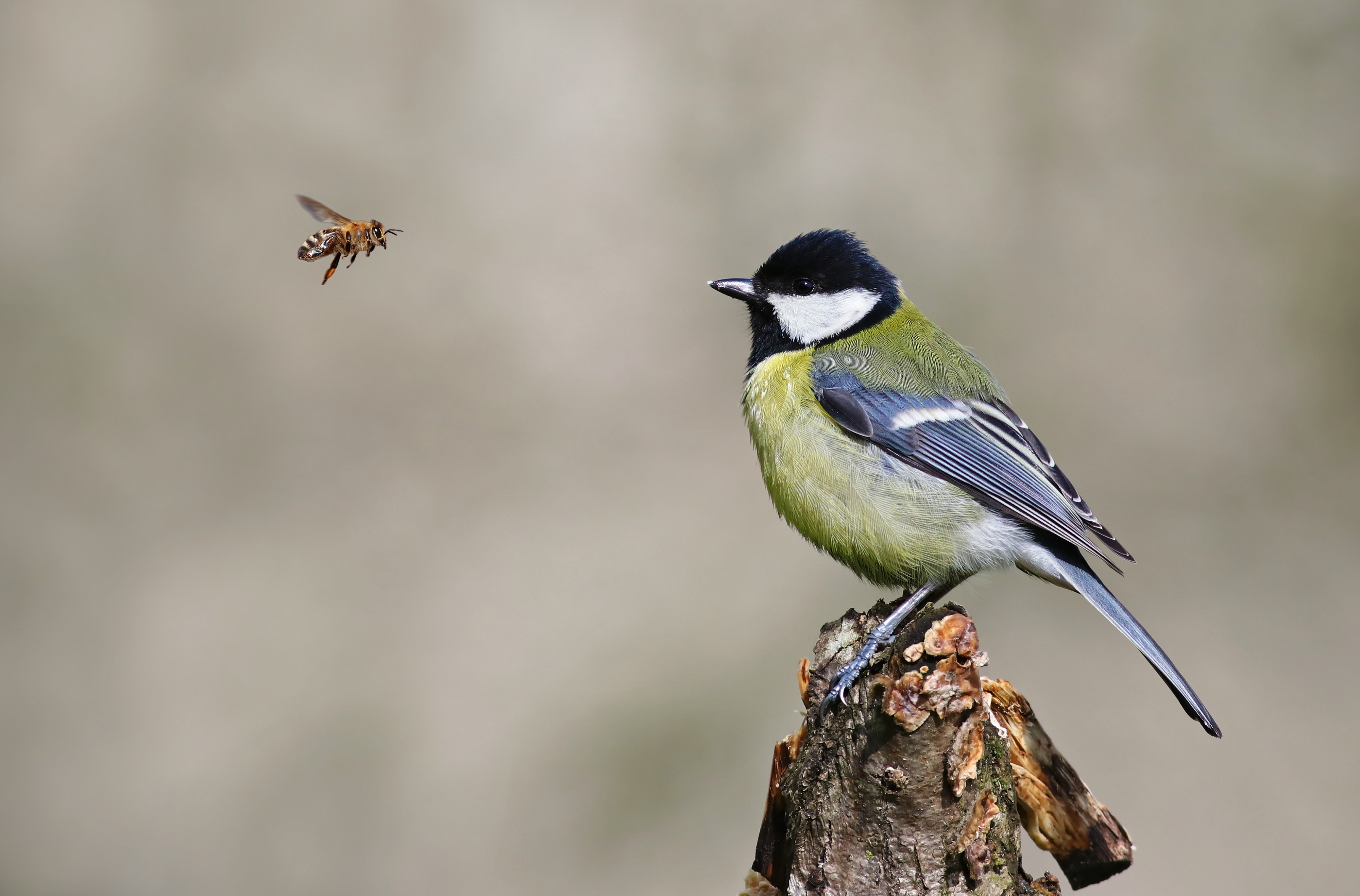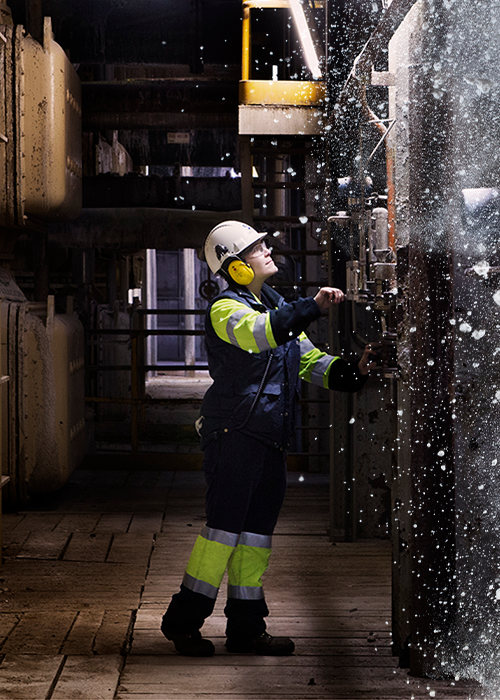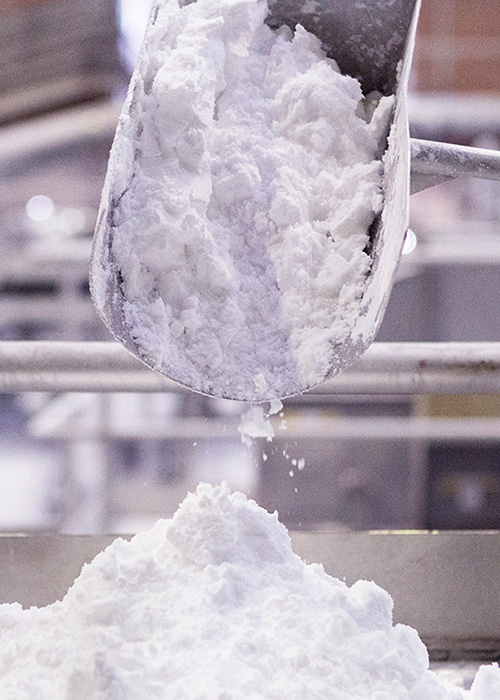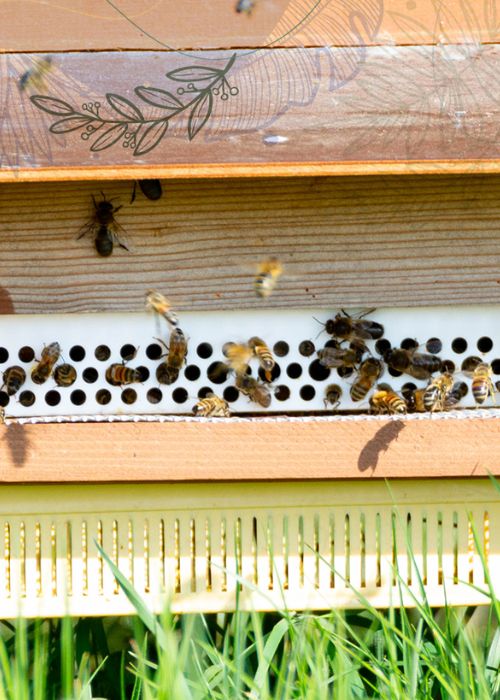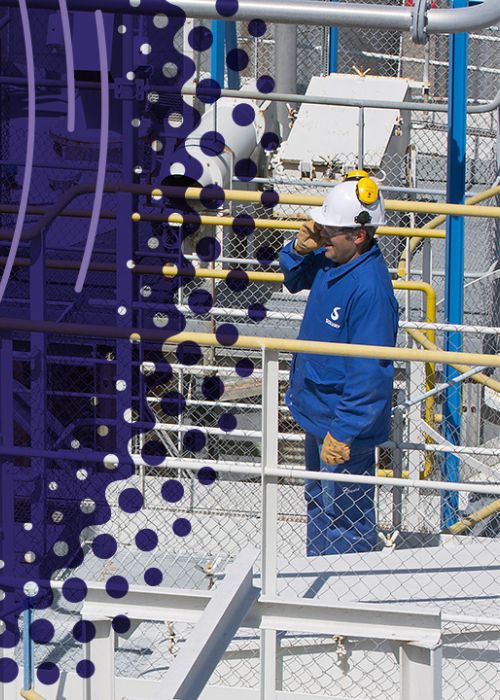Going above and beyond for nature regeneration in Spain
The sustainability and biodiversity restoration project at the Cuchía limestone quarry in Cantabria, on the northern coast of Spain, is an ambitious and even avant-gardist endeavor that began over 30 years ago. “We are thankful to those who had the vision to make landscape recovery a priority,” says Jorge Oliveira, Director of Solvay for Spain and Portugal and the Torrelavega Site Manager. “Thanks to them, today the quarry is an extraordinary natural area at the disposal of the community.”
Visionary ecological regenerative infrastructure
The Cuchía quarry opened in 1927 and was used as a resource for nearly 80 years, supplying the nearby sodium carbonate production facility in Torrelavega, which was established by Ernest Solvay himself back in 1908. The site was selected for its readily available ingredients – salt and high-quality limestone – and the proximity of maritime transport. In fact, the Torrelavega plant remains to this day Western Europe’s largest production site for sodium carbonate and bicarbonate, supplying industries that range from glass to healthcare, home care, and human and animal nutrition.
But the quarry ceased activity in 2006. True to its commitment to do what’s right for the environment that provides its raw materials, Solvay decided to go beyond its regulatory obligations before the quarry even shut down. “In 1995, a visionary project was presented to the regional authorities at a time when terms such as ‘sustainability’ or ‘biodiversity’ were not common, and while the quarry was still operational, which is very unusual even today,” explains Jorge. “It served as a basis for what has been achieved since: landscape rehabilitation, ecological recovery and the repurposing of the land for the enjoyment of the community.”
Blooming biodiversity
Tackling the environmental rehabilitation of a quarry is a complex task: you have to take into account vegetation, fauna, hydrology and geology. During the final years of the quarry’s exploitation, Solvay began the restoration work by creating lakes and lagoons from disused industrial reservoirs. “This had an immediate impact from a biological point of view, as Cuchía is located along the migratory route of many bird species,” says Jorge.
After 2006, with the mining operations fully shut down, a new phase began that extended to the entire area. It consisted of the geomorphological remodeling and re-vegetation of the exploitation fronts, with the planting of more than 8,000 trees. By 2013, most of the regenerative infrastructure had been completed, so Solvay made a qualitative leap and began collaborating with the Spanish Ornithological Society, SEO BirdLife, to assess the site’s newfound biodiversity through periodical inventories of the local fauna and flora. “Today, this is an area that’s full of new life: you can observe 169 species of birds, 19 of mammals, 7 of amphibians, 6 of reptiles and 289 varieties of plants,” details Jorge.
Since 2015, the “Plan of Abandonment and Work Closure” has progressed into its final phase, focused on biodiversity increase. An additional 12,000 trees were planted, and new wetland areas were created.
Creating a unique natural space available to society allows us to demonstrate in concrete terms that being a sustainable company is part of Solvay's DNA.
The ripple effect of rewilding
In the end, what was once an industrial site has now become an area of high ecological value – and an example to follow. In 2021, as an acknowledgement for this long-standing environmental commitment, Solvay received the “Ecosystem Preservation” award from CEFIC, the European Federation of the Chemical Industry. “The CEFIC award acknowledges the vision and work of all the people who participated in this project from the very beginning,” says Jorge, who adds that it has had a positive ripple effect on employees, partners and even customers.
“But the greatest reward for all these years of efforts,” he continues, “remains the state of the quarry today: it’s a unique natural space available to the community, and it allows us to demonstrate in concrete terms that being a sustainable company is part of Solvay's DNA.”
